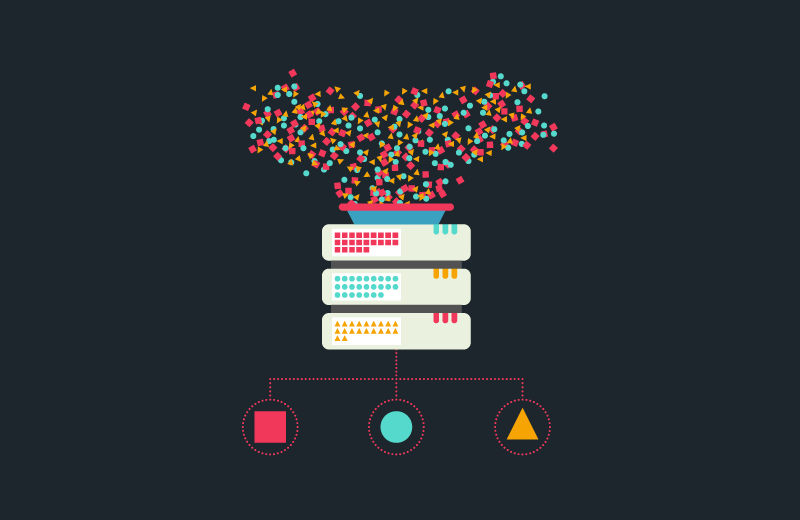What is a Data Lake and a Data Swamp?
A data lake is a data storage architecture that allows for the storage of raw data from all of a company's data sources. Unlike a traditional data warehouse, a data lake does not require prior data modeling, enabling companies to store unstructured, semi-structured, and structured data of all kinds.
However, without proper data governance and a well-thought-out enterprise architecture, a data lake can quickly turn into a data swamp, which can lead to loss of value and relevance for the business.
In a data swamp, the stored information is not managed properly. Data may be duplicated, inaccurate, incomplete, or outdated, leading to errors in analysis and decision-making.

Consider enterprise architecture to avoid chaos in your data lake.
The concept of a data lake has become increasingly popular in recent years. However, poor architecture can quickly turn into real chaos, making tasks for users difficult, if not impossible.
This is where enterprise architecture comes in. EA is a holistic approach to designing and managing a company's information systems. It helps define a clear vision of how different components of the system should interact with each other, using a systemic approach to align business needs with technological solutions.
Enterprise architecture helps avoid chaos and adds value to your data lake through key activities such as:
- The urbanization of information systems to anticipate the integration of the data lake into the application and organizational landscape.
- Data modeling and establishment of repositories to control the data lake and prevent it from becoming a data swamp.
- Change management focused on data and usage to transform the contents of the data lake into real competitive advantages.
- The definition of the enterprise's target architecture to ensure alignment of the business strategy with the information systems.
- Designing and implementing information governance processes to ensure data quality, security, and compliance.
How to avoid a data swamp through effective data governance.
Data lakes have been portrayed by the market as an almost miraculous solution for data analysis, however, their implementation can prove to be complex and difficult to manage without adequate data governance.
Data governance is therefore crucial to avoid an unmanaged and unidentified data swamp. Here are the key points to remember:
- Data governance enables the definition of rules and processes necessary to ensure the quality, security, and compliance of data in the data lake.
- Effective data governance also optimizes the adoption and use of data by business users while reducing unnecessary or redundant storage and processing costs.
- Information governance processes must be designed and implemented to ensure data quality, security, and compliance, as well as to promote their use by business users.
- In summary, effective data governance is crucial to ensure the quality and relevance of data stored in the data lake, and to make it a competitive asset for the company.
Expert opinion
Establishing a solid enterprise architecture and effective data governance is crucial to ensure that your data lake is capable of increasing productivity, competitiveness, and adding value to your business, and does not turn into a difficult-to-manage data swamp.
Information systems urbanization, data modeling, data-centric change management, defining the enterprise's target architecture, and designing information governance processes are essential to ensure the quality, security, and compliance of stored data and to optimize its utilization by the business.
By implementing these best practices, you can fully leverage the potential of your data and add value to your business, rather than a burdensome challenge to manage.
A Data Lake without enterprise architecture and data governance is a leap into the void!
References:
A Data Lake without enterprise architecture is a leap into the void
The Data Lake, Between Ocean and Swamp – Definitions & Challenges




